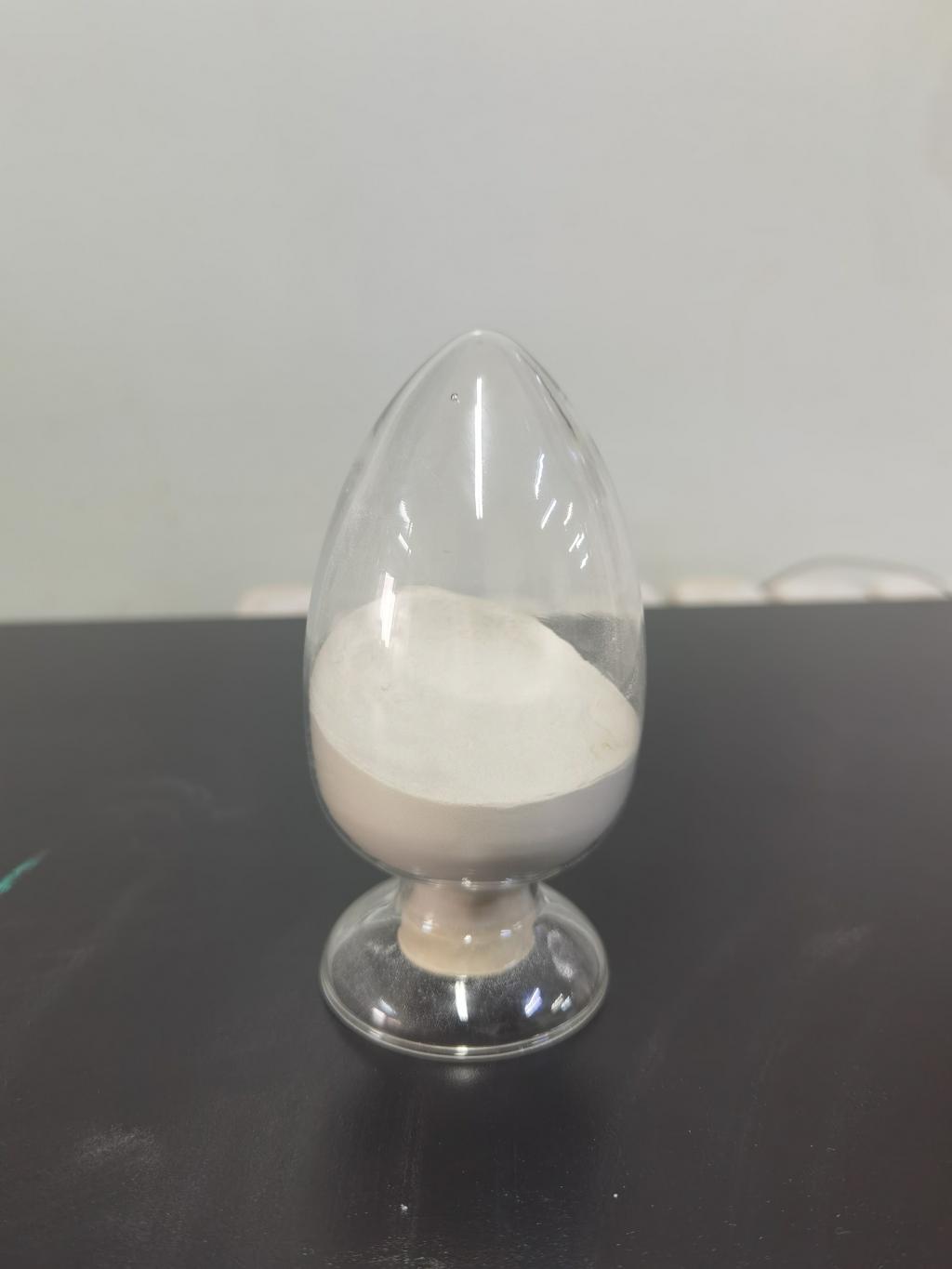Tel:+8618231198596

News
 CONTACT
CONTACT
 CONTACT
CONTACT
- Linkman:Linda Yao
- Tel: +8618231198596
- Email:linda.yao@dcpharma.cn
- Linkman:CHARLES.WANG
- Department:Overseas
- Tel: 0086 0311-85537378 0086 0311-85539701
News
Current Position:
Home >
News
>Nisin in Artisanal Food Production: Balancing Tradition with Technology
Nisin in Artisanal Food Production: Balancing Tradition with Technology
TIME:2024-01-16
The Artisanal Food Movement:
a. Definition and Characteristics:
Artisanal food production involves small-scale, handcrafted methods, often passed down through generations.
Characteristics include attention to detail, unique flavors, and a focus on local, high-quality ingredients.
b. Resurgence in Popularity:
Consumers are drawn to the story behind artisanal products and the connection with local producers.
Artisanal foods are perceived as a healthier and more sustainable alternative to mass-produced counterparts.
Challenges in Artisanal Food Preservation:
a. Traditional Preservation Methods:
Artisans traditionally rely on methods such as fermentation, curing, and drying for preservation.
These methods, while preserving authenticity, may fall short in meeting modern food safety standards.
b. Short Shelf Life:
Lack of modern preservation methods can result in a shorter shelf life, limiting distribution and market reach.
Nisin: A Natural Solution for Artisans:
a. Introduction to Nisin:
Nisin, a natural antimicrobial peptide, is derived from bacteria and has been used as a preservative for decades.
Its effectiveness against a broad spectrum of bacteria makes it an attractive option for artisanal food producers.
b. Compatibility with Traditional Methods:
Nisin can complement traditional preservation methods, enhancing microbial stability without compromising the artisanal character of the product.
Examples include using nisin in fermented foods to control unwanted microbial growth.
c. Safety and Clean Label:
Nisin's natural origin aligns with the clean label trend, providing a safe alternative to chemical preservatives.
Consumers appreciate the transparency of using natural preservatives in artisanal products.
Case Studies: Nisin in Artisanal Products
a. Cheese Production:
Artisanal cheese makers often face challenges in controlling bacterial contamination during the aging process.
Nisin has been successfully incorporated into cheese-making practices to ensure microbial safety without affecting the traditional flavor profile.
b. Charcuterie and Cured Meats:
Traditional curing processes in meat production can be enhanced with nisin to prevent spoilage and extend shelf life.
The collaboration of nisin with traditional curing methods ensures the safety of artisanal charcuterie.
c. Craft Brewing:
Microbreweries incorporating unique fermentation processes can benefit from the antimicrobial properties of nisin, preventing unwanted bacterial contamination.
Overcoming Artisanal Challenges with Technology:
a. Microencapsulation:
Nisin can be encapsulated using modern technologies, ensuring controlled release and efficacy in various food matrices.
Microencapsulation helps artisans integrate nisin without altering the sensory characteristics of their products.
b. Precision Preserving:
Tailoring nisin concentrations based on specific artisanal products allows for precise preservation without compromising authenticity.
Consumer Perception and Education:
a. Communicating the Benefits:
Artisanal producers must transparently communicate the purpose and benefits of incorporating nisin in their products.
Consumer education on the safety and traditional compatibility of nisin is crucial for acceptance.
b. Balancing Tradition and Innovation:
The successful integration of nisin in artisanal food production requires a delicate balance between preserving tradition and embracing technological advancements.
Regulatory Considerations:
a. Compliance and Certification:
Artisanal producers must navigate regulatory frameworks to ensure compliance with the use of nisin in their products.
Certification processes may vary, and understanding these requirements is essential.
Conclusion:
In the evolving landscape of artisanal food production, the integration of nisin presents a promising solution for balancing tradition with technology. Artisans can leverage the benefits of this natural preservative to extend shelf life, ensure food safety, and meet the expectations of modern consumers. As the movement towards authenticity and sustainability continues, nisin stands as a bridge between the rich heritage of artisanal practices and the demands of a contemporary market. The collaboration between tradition and technology is not only possible but essential for the continued growth and success of the artisanal food movement.
- Tel:+8618231198596
- Whatsapp:18231198596
- Chat With Skype







